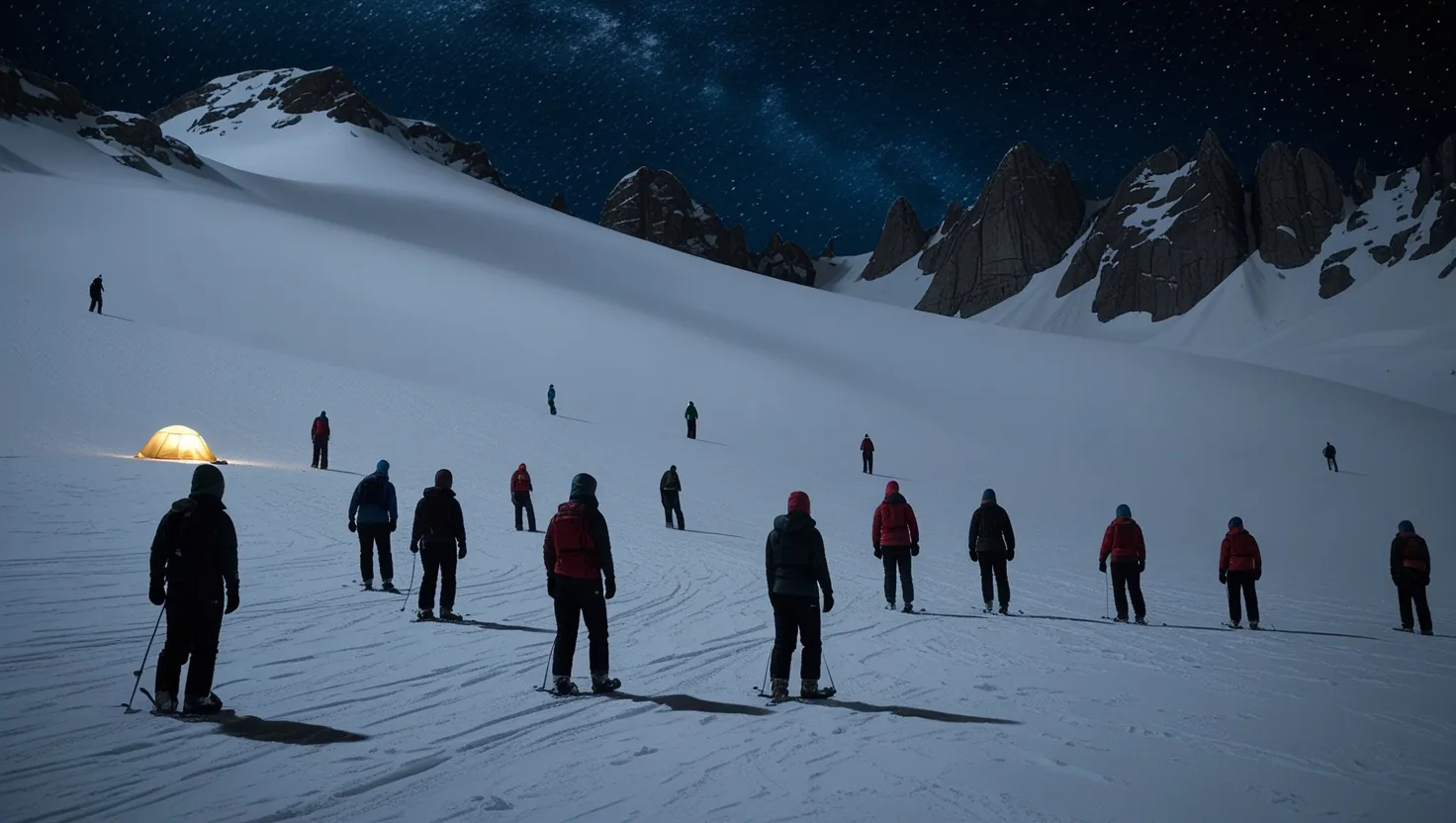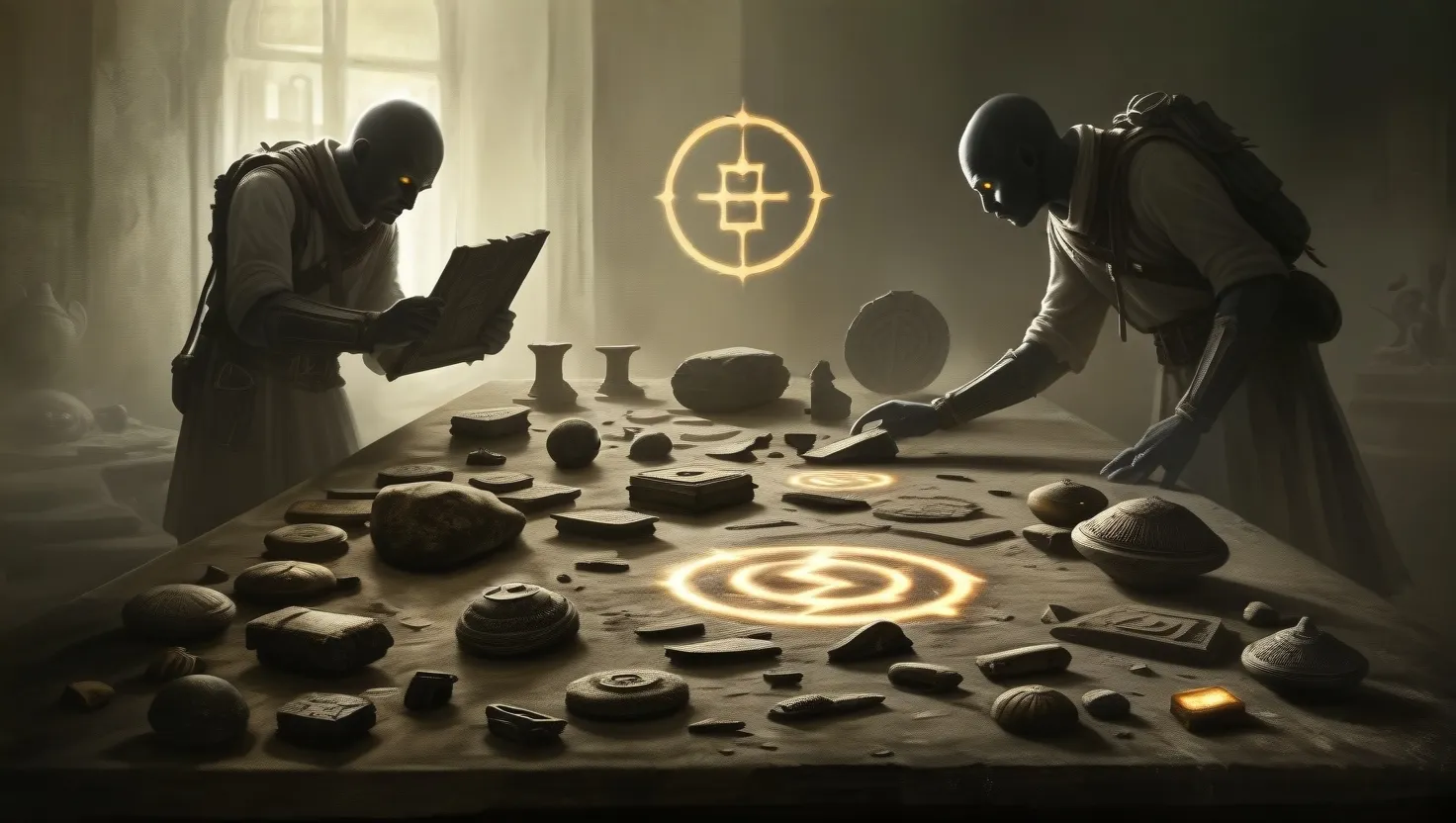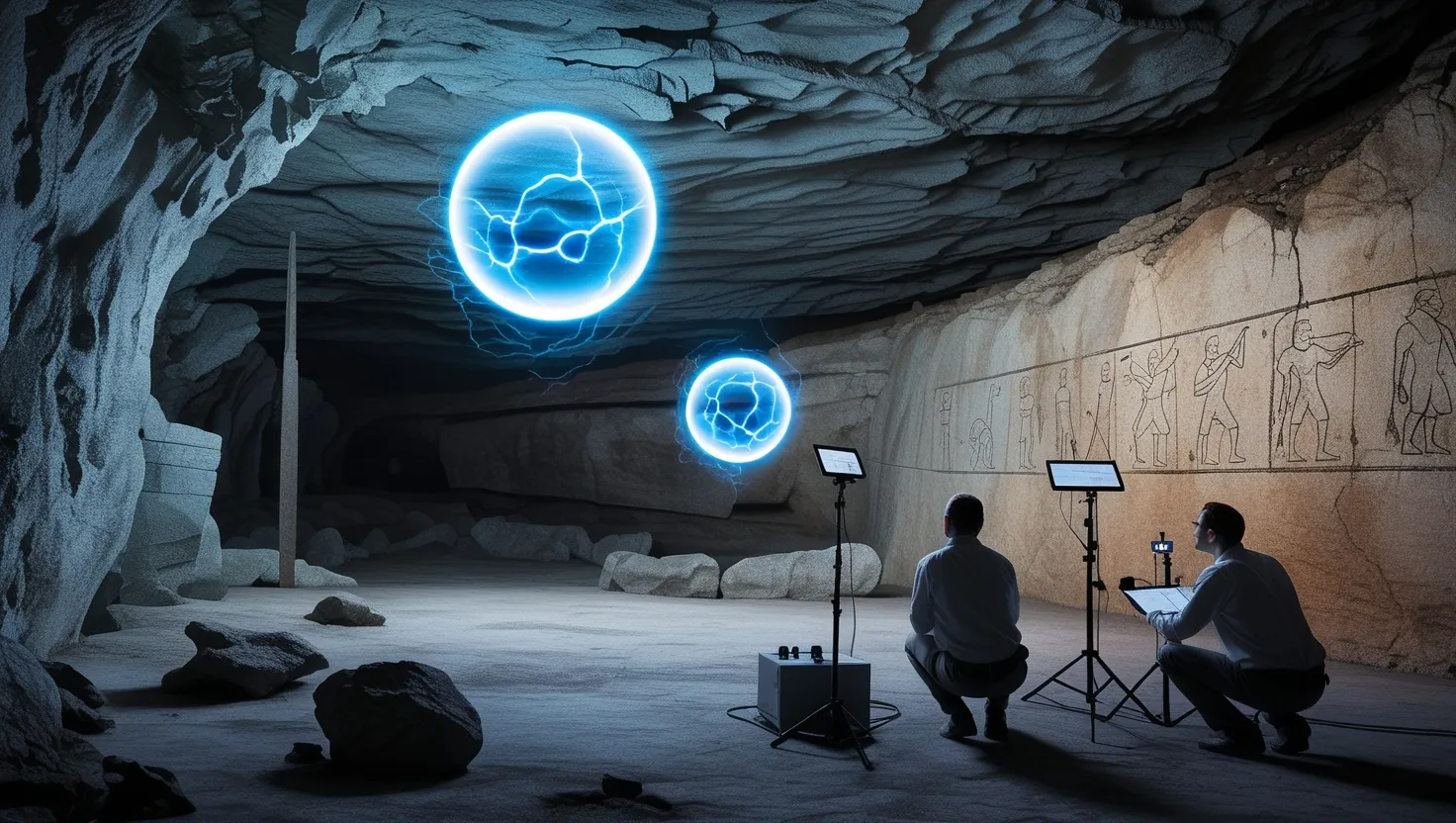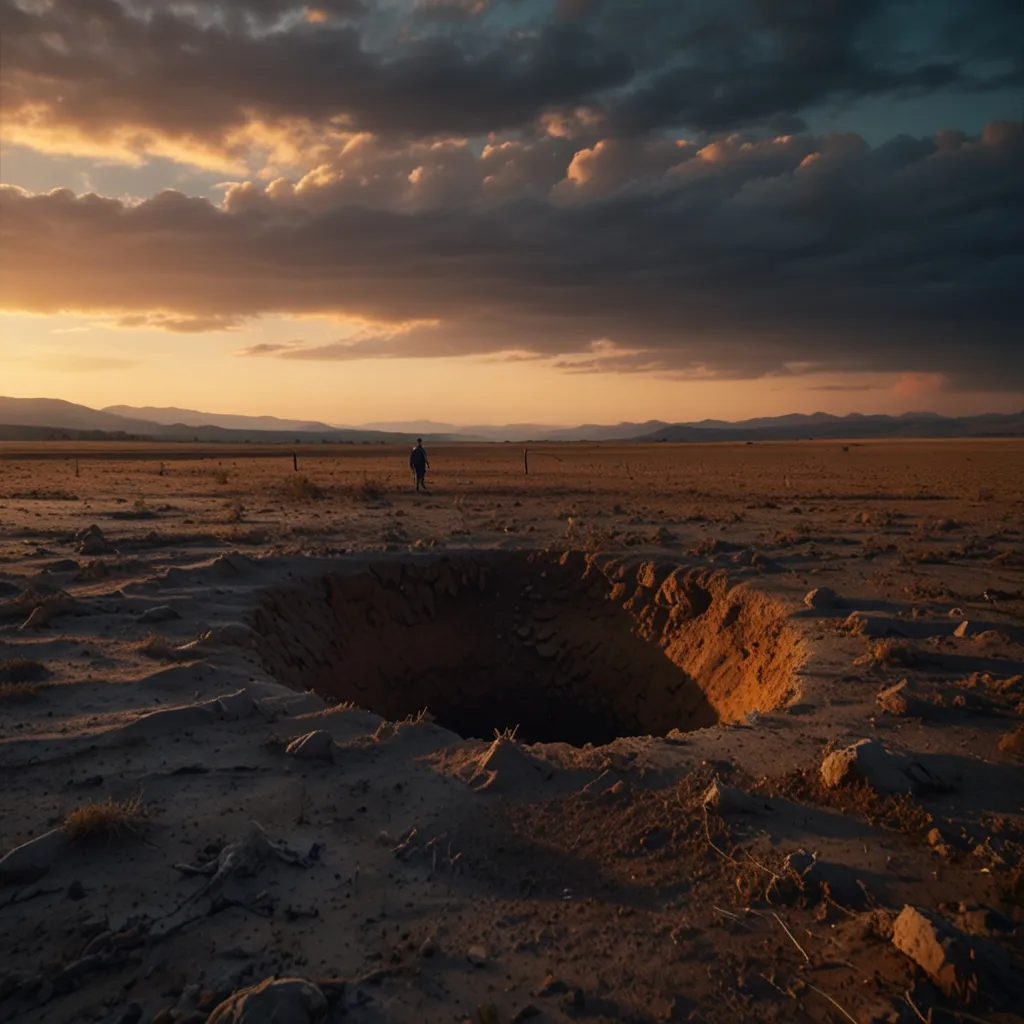The Dyatlov Pass incident has shadowed conversations about wilderness mysteries for decades, and I find myself returning to it not just because of its strange facts, but because of how it resists tidy explanations. Imagine setting out with friends—prepared, experienced, expecting challenge, but never expecting the history you’ll become.
In January 1959, nine trekkers most of whom were young engineering students, led by the determined Igor Dyatlov, set off across Russia’s frozen Ural Mountains. Only one member, Yuri Yudin, turned back, perhaps prophetically, because of illness. The others would enter the white wilds, each expecting to return. Instead, their adventure became legend.
“No one knows what’s in him until he tries to pull it out.”—Ernest Hemingway
When the group went missing, initial concern was slow; after all, these were not amateurs. Eventually, when time stretched too long, search parties crossed those jagged slopes looking for hope but instead found paradoxes. Their tent was slashed open from the inside. Clothing and boots were scattered, vital supplies left behind in alarming haste. It’s easy to picture panic, but harder to pin down its source.
The searchers discovered bodies scattered across the snow, in various states. Two men near a cedar, lying as if they died by a small, smoky fire, their hands burned, faces exposed to the stone-cold night. Three others were found between the tree and the tent, as if crawling or attempting a desperate return to safety. Four more, hidden under snow further away, revealed something even stranger: severe internal injuries—crushed chests, fractured skulls, but with no sign of external trauma. One woman was missing her tongue; some had fragments of radioactive material on their clothing, and yet, no clear struggle, no enemy footprints, nothing to suggest animal or human attack.
Does it matter how prepared you are, if your opponent is something you cannot see or expect? Why would nine people, hardy and wise to the winter, flee their shelter under-dressed into lethal cold?
History is full of mysteries, but this one is acute in its contradictions. The Soviet investigation abruptly closed, blaming the deaths on a vague “compelling natural force.” This was a phrase so unsatisfying that it lit the fuse for generations of speculation.
What could make a group of experienced mountaineers simultaneously abandon every rule of survival? Each theory offers answers, but none quite settle the questions. Some point to avalanche. An avalanche would explain the panic and some injuries, but the tent was still standing and belongings undisturbed. Others argue for runaway infrasound—low-frequency vibrations generated by wind that cause panic and hallucinations—but infrasound as a killer has never been proven elsewhere with this kind of effect.
Military testing, radiation, and secretive Soviet projects take the story into darker territory. The Urals were not far from test sites; the Cold War raged quietly in the snow. Some theorists sift official silence for evidence of missiles gone astray or chemical release, but again, nothing fits all the facts. There are even wild stories—of indigenous spirits, of Yetis, of extraterrestrial visitations. The fabric of the narrative is so frayed perhaps because official answers were so thin and the documentation was mostly classified for years.
“Believe those who are seeking the truth. Doubt those who find it.”—André Gide
Shy away from the dramatic and focus on the ordinary, and a less-discussed possibility emerges: paradoxical undressing, a condition seen in hypothermia where sufferers, in final confusion, strip their clothes. But that doesn’t explain the trauma or the cuts in the tent, nor the radiation, nor the apparent strategic fleeing.
Another detail stands out if you piece together artifact evidence. The last meal was eaten calmly inside the tent. Diaries and photos, developed from rolls found at the site, show no sign of group tension or fear—just young people laughing in snow. The fact that all were drawn out of the tent, apparently together, implies a sudden force. No one stayed back.
Is there something to the local stories from the Mansi people, who called the place Kholat Syakhl—Dead Mountain? It was not a place they hunted or dwelled. Some argue the geographic conditions are deadly: wind patterns, hidden slabs of snow, or extreme temperatures causing paradoxical behaviors.
Can a mystery grow larger, the more facts you collect? It seems to have happened here—the bodies, found over weeks and months, seemed to have exchanged clothes, as if in those last hours, friendships outweighed the cold. One girl’s foot wrapped in a friend’s pants, a hat given to another, trying to share comfort amid disaster.
And what do we make of the tongue? The missing tongue of one hiker is often cited as evidence for violence, but could it have been the work of scavengers, or simply the relentless elements—too slow and steady for drama but all the more powerful for it?
“Science is the great antidote to the poison of enthusiasm and superstition.”—Adam Smith
As forensic science advanced, so did the theories. Researchers in recent years used computer models to re-examine avalanche dynamics, suggesting a rare block snow slab collapse could have caused non-penetrating trauma. However, the radiation remains a lingering complication. Some suggest radioactive lantern mantles brought on the trip contaminated the clothing, a detail overlooked or misunderstood at the time.
Why, even with advanced analysis, does the mystery feel untouched? Perhaps because it puts at risk our sense of predictability. When people as strong and able as the Dyatlov hikers suffer so terribly and inexplicably, the world feels more chaotic, more fragile.
Each time I look at the recovered diaries, the last photographs, I see the paradox: curiosity mixed with anticipation. These were people on the edge—of geography, of technology, of a historic moment in their country’s history. They packed their cameras with them, documented their triumphs and the real perils: frostbite, whiteouts, lethal navigation errors. What they could not record was the final happening.
I ask myself—as I think many do—would I have made a different choice? Would I have stayed in the tent, even if I thought it was overwhelming, or trusted the logic of the wilderness more than sudden terror? How quickly does the rational mind switch to survival, and at what cost?
It’s easy to let speculation run wild, but I prefer to remember how human this story is. The Dyatlov group were young, passionate, and ambitious. They wrote songs in the evenings, laughed around rough campfires, shared dreams of careers, love, and exploration. Their memory lives not just as a horror, but as a testament to the innate desire to discover, even if the outcome is unknown.
“In the middle of difficulty lies opportunity.”—Albert Einstein
The Dyatlov Pass reminds me that not every question will have an answer, that uncertainty still lives, even in our wired and reasoned era. Sometimes the greatest mysteries are those that force us to live with the discomfort of not knowing and—perhaps—teach us to find value in the search itself.
As you draw your own conclusions, consider this: Would we be compelled to revisit the story again and again if it were solved? Or does the absence of a definitive answer keep us ever connected to those nine hikers and the icy slope where certainty slipped quietly into the cold?






